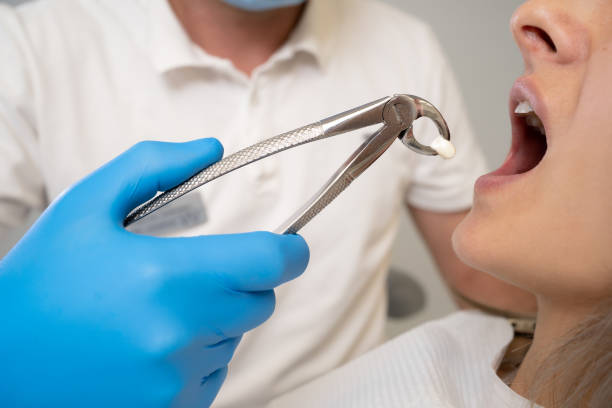
Overview
Wisdom teeth that have been impacted are third molars located at the rear of the mouth that do not have enough space to grow or develop normally.
The wisdom teeth represent the final adult teeth to enter the mouth (erupt). A majority of individuals have four wisdom teeth on the back of their mouth – two on top and two at the bottom.
Wisdom teeth that have been impacted may cause pain, damage to adjacent teeth, and cause other dental issues. In certain instances, an impacted wisdom tooth could cause no obvious or immediate issue. However, because they’re difficult to keep clean, they could be more susceptible to gum decay and tooth diseases than the rest of your teeth.
Wisdom teeth that are impacted and cause pain or problems are typically removed. Certain dentists and oral surgeons may also suggest removing impacted wisdom teeth that do not cause any symptoms, to avoid future complications.
The signs
Wisdom teeth that are impacted don’t necessarily produce symptoms. If the wisdom tooth that has been impacted becomes infected, causes damage to the teeth of others, or causes dental issues, you might be afflicted by the following signs or symptoms:
- Gums that are red or swollen
- Gums that are tender or bleeding
- Jaw pain
- A swelling around the jaw
- Bad breath
- A bitter smell in your mouth
- It is difficult to open your mouth
When is the best time to visit a doctor?
Consult your dentist if notice any signs of your last molar which could be due to an impingement of your wisdom tooth.
The Reasons
Wisdom teeth (third molars) are affected because they lack the space to grow (erupt) or grow normally.
Wisdom teeth generally appear between the ages of 17 to 25. There are some people who have wisdom teeth that appear without any issues and align with the other teeth in the space behind their second molars. However, in many cases, the mouth is packed for third molars to grow normally. Third molars with a lot of space get stuck (impacted).
A wisdom tooth that is impacted may partially appear, so that a small portion of the crown appears (partially affected) or never penetrate the gums (fully affected). If it is impacted in a way that is partially or completely the tooth could:
- The angle of growth is angled towards the following tooth (second molar)
- Make a gradual move toward the back of your mouth.
- Develop at an angle that is right to the other teeth and your wisdom tooth was “lying down” in the jawbone
- Straighten up and down just like other teeth, but remain in the jawbone
Complications
Wisdom teeth that have been damaged may cause various problems with the mouth.
- Dental damage to the other tooth. If the wisdom tooth presses into the second molar it could cause damage to the second molar and increase the chance of developing an infection in the area. The pressure could also lead to problems with crowding in the other teeth or may require orthodontic therapy to improve the alignment of the other teeth.
- cysts. The wisdom tooth forms a sac in the jawbone. The sac could fill up with fluid and form an abnormal cyst that could damage the jawbone teeth, nerves, and teeth. Sometimes, a tumor typically noncancerous (benign) is formed. This condition can require the removal of bone and tissue.
- decay. Partially impacted wisdom teeth seem to be at greater risk of decay (caries) than other teeth. It is because wisdom teeth are more difficult to keep clean, and bacteria and food items can get caught between the gums and the partially erupted tooth.
- Gum disease. The difficulty cleaning impacted, partially erupted wisdom teeth increases the risk of developing a painful, inflammatory gum condition called pericoronitis (per-ih-kor-o-NI-is) in that area.
Prevention
Impactions aren’t prevented from happening, but having regular dental appointments every six months for cleaning and exams allows your dentist to track the development and growth of wisdom teeth. Regularly updated dental X-rays can reveal impacted wisdom teeth prior to any signs appearing.